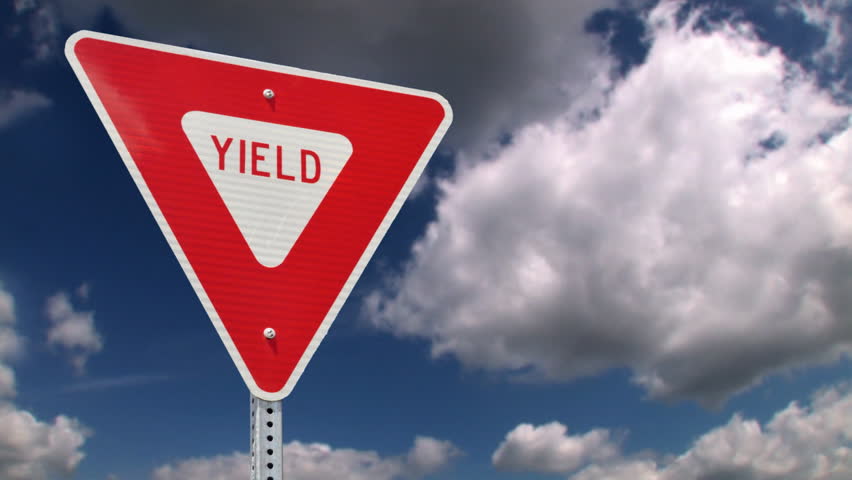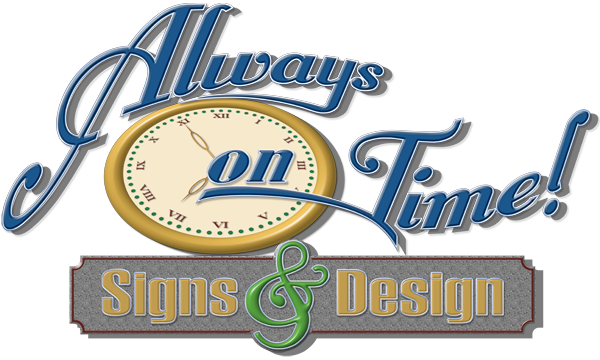
Traffic signs are essential for maintaining order and safety on roads, guiding both drivers and pedestrians and ensuring smooth transportation flow. They serve as the primary form of communication between road authorities and road users, providing crucial information about road conditions, hazards, and rules. For those unfamiliar with the intricacies of traffic signs, it’s important to understand the six basic categories they fall into. These categories form the foundation of road safety systems and are used universally to standardize traffic control, ensuring drivers and pedestrians can interpret them quickly and accurately.
Whether you’re a city planner, a construction site manager, or a business owner considering traffic control measures, understanding these categories can help you make informed decisions about the signage and traffic control devices you need.
Regulatory Signs
Regulatory signs are the most common type of traffic sign, providing road users with specific instructions regarding what they must or must not do. These signs are legally enforceable, meaning failure to obey them can result in fines or other penalties. Some of the most familiar regulatory signs include:
- Stop Signs: One of the most well-known signs, the red octagonal stop sign requires drivers to come to a complete halt at intersections. It ensures that vehicles proceed only when it’s safe to do so.
- Yield Signs: Shaped like an inverted triangle, yield signs instruct drivers to slow down and yield the right of way to oncoming traffic or pedestrians.
- Speed Limit Signs: These rectangular signs indicate a vehicle’s maximum legal speed in a particular zone. Speed limits vary depending on road conditions and zones (e.g., school zones and highways).
Regulatory signs are critical because they enforce traffic laws and promote uniformity in driving behavior, preventing accidents and confusion. These signs are typically white with black or red lettering, making them easily visible and instantly recognizable.
Warning Signs
Warning signs alert road users to potential hazards or changes in road conditions that may not be immediately apparent. These signs are typically yellow with black symbols or letters, making them stand out from the surrounding environment. Their purpose is to give drivers ample time to slow down, stop, or take other precautionary measures. Common examples of warning signs include:
- Pedestrian Crossing Signs: These signs inform drivers of pedestrian crosswalks ahead, encouraging caution and slowing down to ensure pedestrian safety.
- Curve Ahead Signs: Often found on winding roads, these signs warn drivers to reduce speed and prepare for a sharp turn.
- Animal Crossing Signs: Found in rural areas, these signs alert drivers to the possibility of animals crossing the road, prompting slower speeds and heightened awareness.
Warning signs play a significant role in preventing accidents and ensuring that drivers are prepared for unexpected changes. They serve as proactive safety measures, helping to reduce the risk of collisions in high-risk areas.
Guide Signs
Guide signs provide navigational information to help drivers reach their destinations efficiently. Unlike regulatory and warning signs, which focus on enforcing rules and highlighting hazards, guide signs are informative. They usually appear in green, blue, or brown and display white lettering or symbols. Guide signs include:
- Street Name Signs: These signs indicate the names of roads and intersections, helping drivers and pedestrians navigate urban environments.
- Highway Exit Signs: Found along highways, these signs inform drivers of upcoming exits, including distance and which lanes they should use to access the exit safely.
- Service Signs: Blue service signs offer information about nearby facilities such as gas stations, hospitals, rest areas, and food services.
Guide signs enhance the efficiency of road systems by helping travelers plan their routes, find essential services, and avoid getting lost. Their clear, concise designs allow drivers to quickly gather the information they need without taking their eyes off the road for too long.
Construction Signs
Construction signs are temporary signs used in areas where road work is in progress. Their bright orange color makes them highly visible, signaling drivers to proceed with caution in work zones. Construction signs often involve additional safety measures, such as reduced speed limits or lane changes. Examples include:
- Road Work Ahead Signs: These signs alert drivers that road construction is in progress, and they may encounter slower traffic, lane closures, or other disruptions.
- Detour Signs: When roads are closed for construction, detour signs guide drivers to alternative routes, ensuring they can reach their destinations with minimal confusion.
- Flagger Ahead Signs: These signs warn drivers of flaggers—individuals responsible for controlling traffic—who may be directing vehicles to stop or proceed.
Work zone safety is paramount, not only for the protection of drivers but also for the workers involved in road maintenance and construction. Construction signs are critical for reducing the risk of accidents in these high-traffic areas.
Service and Recreation Signs
Service and recreation signs, often brown or blue with white symbols or text, are designed to guide drivers toward locations of interest, such as parks, campgrounds, rest stops, or historical landmarks. These signs serve a dual purpose: they provide essential information about services available to drivers and passengers and promote local tourism by highlighting recreational opportunities.
Examples of service and recreation signs include:
- Park and Campground Signs: Brown signs direct drivers to recreational facilities, such as national parks, state parks, and camping grounds.
- Rest Area Signs: Blue signs that indicate the presence of rest areas, providing weary drivers with opportunities to stop and rest during long trips.
- Tourist Attraction Signs: Brown or blue signs highlighting nearby tourist attractions, such as museums, monuments, or historical sites.
These signs clearly inform travelers about services and recreational facilities, ensuring that they can access the amenities they need while also promoting local tourism and economic growth.
Temporary Traffic Control Signs
Temporary traffic control signs are used to manage traffic during events or emergency situations that disrupt normal traffic patterns. They are designed to be easily installed, removed, and relocated as necessary. These signs may be used for sporting events, parades, or other gatherings that require temporary adjustments to traffic flow. Temporary traffic control signs include:
- Event Parking Signs: These signs direct attendees to designated parking areas for large events, helping to reduce traffic congestion.
- Road Closed Signs: Used during emergencies or temporary road closures, these signs inform drivers of road blockages and direct them to alternate routes.
- Emergency Detour Signs: When accidents or road closures occur unexpectedly, these signs guide traffic away from the affected area and onto a safe, alternate path.
Temporary traffic control signs play a crucial role in maintaining order and safety during situations that fall outside the normal flow of traffic. They allow municipalities and event organizers to manage traffic effectively while minimizing disruption.
Why Proper Traffic Signage Matters
Traffic signs are far more than just symbols on the side of the road—they are the backbone of traffic control systems that help maintain safety, efficiency, and order. Roads would be chaotic and dangerous without clear, well-placed signs, with drivers left to guess at speed limits, road conditions, and navigational details. Understanding the six basic categories of traffic signs ensures that road planners, construction managers, and municipalities can select the right signage for each situation, minimizing confusion and preventing accidents.
Contact Us Today
At Worksafe Traffic Control Industries, we understand the importance of effective, high-quality traffic signs. We’ve been dedicated to providing smart traffic safety solutions throughout New England for over twenty-five years. Whether you need municipal, highway, construction, or commercial signs, our team of experts is here to assist you. We offer both sales and rental options for a wide range of traffic control devices, including message signs, arrow boards, and traffic signals. From the design phase to implementation and deployment, we provide full-service solutions tailored to your specific needs.
Are you looking for real-time traffic solutions, queue detection, or smart work zone systems? Worksafe is your go-to partner for 24/7 maintenance services and equipment repair, ensuring your traffic control systems run smoothly. For reliable and efficient traffic management, contact us today!

